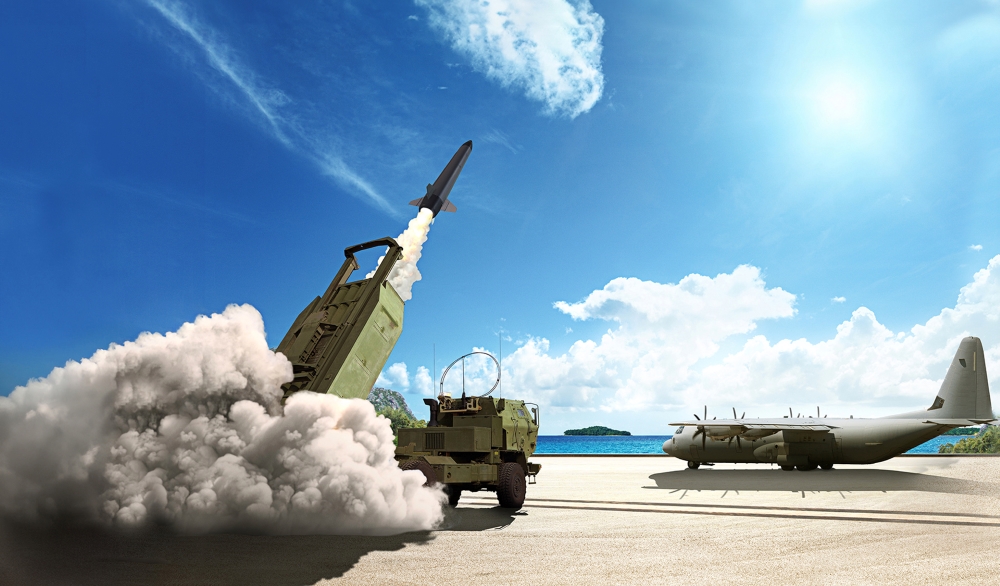
The future of missile technologies is about incorporating emerging technologies into missile systems to enhance operational effectiveness and adaptability against evolving threats. This will also require continuous innovation in design and functionality.
Furthermore, collaborative systems among allied nations play a crucial role in missile defence, allowing for shared intelligence and coordinated responses to threats. Indeed, more collaborative and interoperable missile systems can work seamlessly across different military branches and allied nations. The need for missile defence systems to evolve in response to the latest, fast-paced evolutions in warfare doctrine and tactics require innovative solutions and rapid development cycles. Such solutions must be industrially viable and consistent with the demand for solid production/manufacturing capabilities, including deliveries in reasonable time. Strengthening partnerships with domestic and international customers is also vital, as it allows for the sharing of resources, knowledge, and technology, enhancing collective security efforts.
FW MAG had the opportunity of discussing this and other key trends in the sector of missile technologies with Tim Cahill, President of Missiles and Fire Control (MFC) for Lockheed Martin.
FW MAG: Can you give an overview of your positioning today in the U.S.? What are your strategic priorities in terms of products, programmes, and services?
Tim Cahill: The U.S. and its allies turn to our proven capabilities to deter and defend against evolving threats. At Lockheed Martin Missiles and Fire Control, we are uniquely positioned to deliver innovative and integrated solutions to the U.S. military that enables them to address these complex challenges. Because of this, the demand for our vital capabilities is at an all-time high. In response to this growing need, we are prioritizing the production ramp up of key systems that are currently bolstering deterrence around the globe. We’re increasing production on JAVELIN, HIMARS, GMLRS, PAC-3 Missile Segment Enhancement (MSE) and more. We’re also incorporating speed, agility and adaptability in our processes to continue to meet the increasing demand. At our facilities across the globe, we are revolutionizing our production processes with 1LMX, our digital transformation initiative, to deliver the solutions our customers rely on. We are deploying automation, robotics, and factory simulations and investing in long-lead procurement to cut missile production time, increase capacity and maintain manufacturing excellence. For example, our HIMARS production capacity has already increased from 48 per year to 60 per year and is on track to meet the 96 per year capacity by the end of 2024. To meet this demand, we increased our tooling and maximized the space within our factory footprint. We’re also working with our long lead supply chain on increasing production and advancing funds to shorten manufacturing lead time. Javelin’s game-changing capabilities have also made a difference on the battlefield for users around the globe. While we’ve already increased JAVELIN production capacity to 2,400 per year, a nearly 15% increase to last year’s production, we’re working with the U.S. Army to eventually increase production capacity to 3,960 JAVELINS per year by late 2026. This is being accomplished by employing new tooling and test equipment, improving the efficiency of our production line and partnering with our already-active supply chain.
FW MAG: In October 2022, the Biden Administration released the new National Security Strategy, establishing that “the US is in the middle of a strategic competition to shape the future of the international order”. Two years later, what are the effects that the new NSS has been having on the way you plan, deliver, and respond to the US demands?
Tim Cahill: Much of what the National Security Strategy outlined was already at the core of Lockheed Martin’s 21st Century Security vision which aims to strengthen the defense industrial base, develop more advanced, modernized solutions, and increase collaboration with our most trusted allies and partners. As the leading defense tech company and mission integrator across all domains, we’re leading this industry transformation through supply chain diversification, anti-fragility investments and reduction in compliance burdens for small and medium-sized businesses. We continue to take thoughtful, proactive steps to increase the resiliency and sustainability of the defense industrial base so it can quickly respond when crises arise. At Lockheed Martin’s Missiles and Fire Control, we’re responding to increased demand by ramping up production on several key systems, innovating with urgency and leveraging the defense industries of our allies. For example, the United States and Australia announced an agreement to support a feasibility study to assess in-country co-production for Guided Multiple Launch Rocket System (GMLRS). Through agreements like this, we can optimize combined resources with our allies to increase deterrence around the globe.
The full interview has been published in FW MAG 1-2024, available in digital and print format. To read it for FREE, please register HERE.








